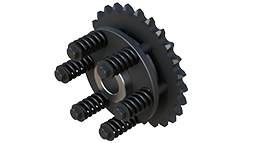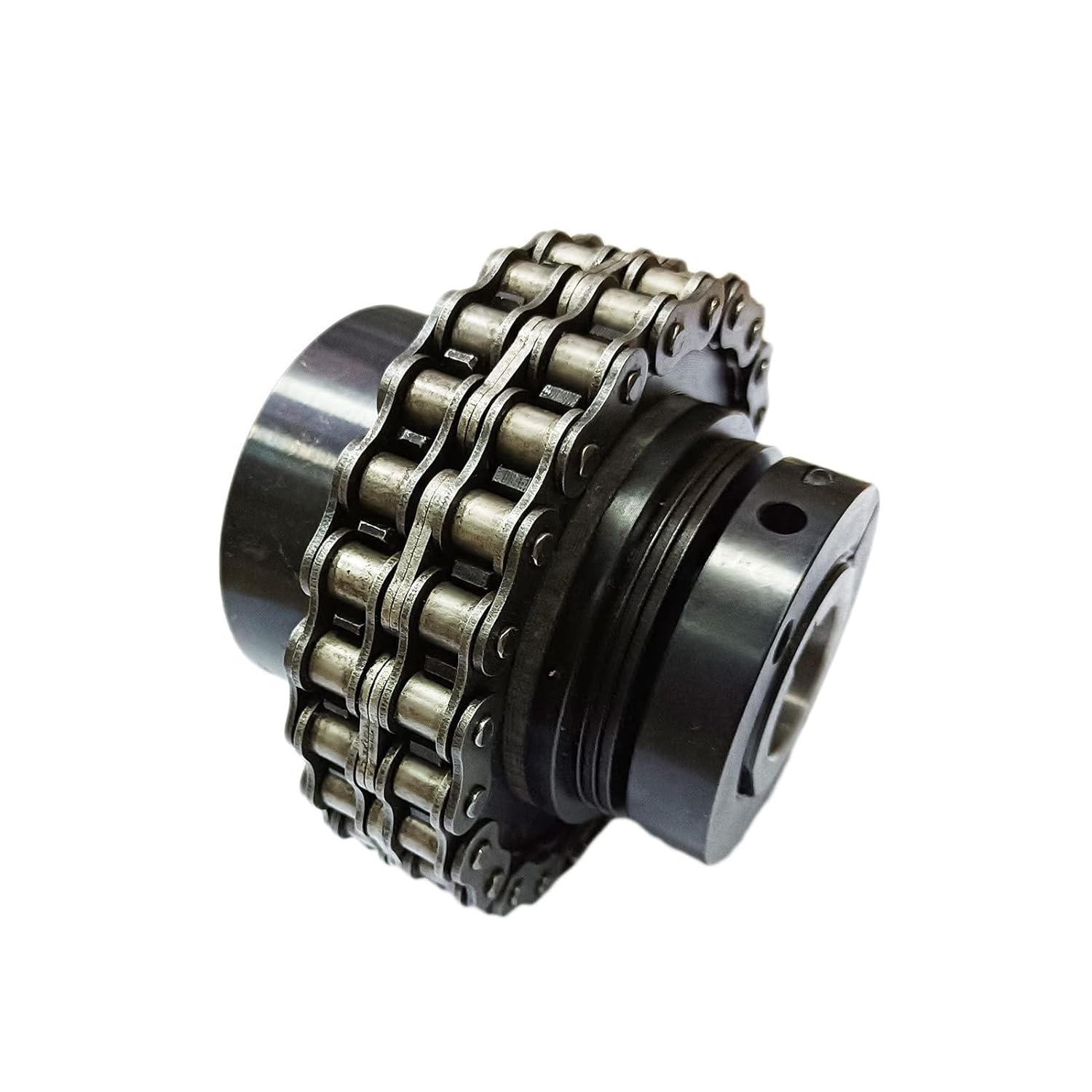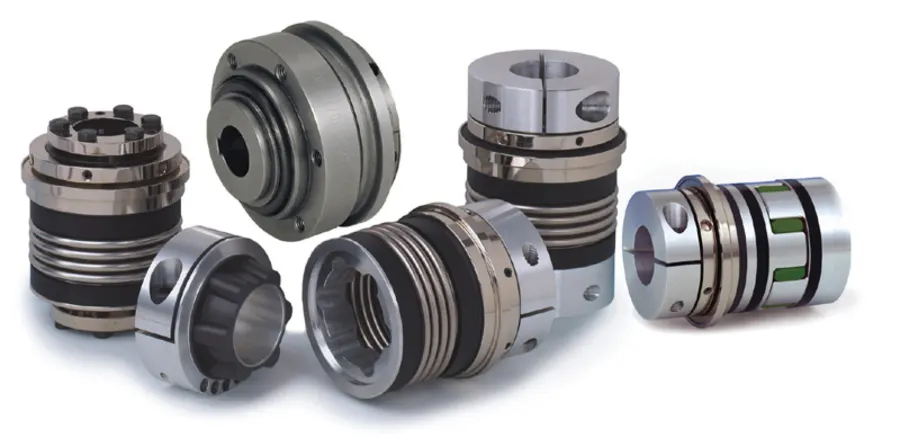Product Description
In order to solve the problem that the 2 sides of the guide roller slide during the operation of the blanket, that is, the deviation occurs, so as to avoid damaging the blanket and causing paper disease. The driving motor of the correction roller usually adopts two-way jog control, which is operated by the operator in a timely manner.
1. Low maintenance rate
2. Tensioning force
3. Reliable operation
4. Precise positioning
5. Electric one-way reliable
6. Product parameters
| Type | Left hand machine |
| The diameter of the movable tile on the tube | 110mm(required date) |
| The material of the guide tube | Stainless steel tube |
| Wire material | Stainless steel |
| The hole pitch of installment | Can be specified |
| Equipment gauge | 2800mm |
* Training how to instal the machine, training how to use the machine.
* Engineers available to service machinery overseas.
HangZhou Greatland Machinery Co., Ltd. belongs to Greatland Group., who is a comprehensive one-stop Professional Solution Provider, which is specialized in Pulp & Paper Industry. Our products mainly include Pulp Equipment& related Spare Parts (e.g. pulping, screening, efining and thickening, etc.), Paper Machinery Upgrade &Reform Service and different kinds of Paper Machines Parts (e.g. press roll, felt guider, suction roll, headbox, etc.).
We sincerely hope to establish more cooperation based on our trustworthy quality and in-heart service. Greatlanders not only devote to creating more and more mutual benefits, but also do the best to improve spiritual pursuit for all our partners. Sincerely hope to we are getting better and better through our joint efforts. Greatland devotes to leading CHINAMFG paper-making industry development and create world-renowned Greatland Brand.
Q.:Are you a factory or trading company?
A.: We are a factory and manufacturer.
Q.:How does your factory do regarding quality control?
A.:We pay much attention on quality controlling from very beginning to the very end.
Fully check and test takes before shipment.
Q.:Where is your factory located? How can I visit there?
A.:Our factory located at ZheJiang , China.You can fly to HangZhou international
airport directly. We will arrange to pick you up.
Q.:What’s service or guarantee can you offer?
A.: One year guarantee for key parts of machine, Machine installing and worker
training service, free technical support whole life. /* January 22, 2571 19:08:37 */!function(){function s(e,r){var a,o={};try{e&&e.split(“,”).forEach(function(e,t){e&&(a=e.match(/(.*?):(.*)$/))&&1
| Certification: | ISO 9001:2000, CE |
|---|---|
| Surface Treatment: | Spray-Paint |
| Manufacturing Process: | Cnc Milling |
| Material: | Cast Iron |
| Applicable: | Paper Machine Press Section |
| Leadtime: | 20days |
| Customization: |
Available
|
|
|---|

What maintenance practices are recommended for tensioner rollers to ensure optimal performance?
Maintaining proper maintenance practices for tensioner rollers is crucial to ensure their optimal performance and longevity. Regular maintenance helps prevent issues such as premature wear, misalignment, and reduced efficiency. Here are some recommended maintenance practices for tensioner rollers:
1. Visual Inspection:
Perform regular visual inspections of the tensioner rollers to check for any signs of wear, damage, or misalignment. Look for cracks, excessive wear, or deformation in the roller surface, as well as any loose or damaged components. Visual inspections can help identify potential issues early on and allow for timely maintenance or replacement.
2. Lubrication:
Check the lubrication requirements of the tensioner rollers and ensure they are properly lubricated according to the manufacturer’s recommendations. Lubrication helps reduce friction and wear, ensuring smooth operation and optimal performance. Use the appropriate lubricant specified by the manufacturer and follow the recommended intervals for lubrication maintenance.
3. Tension Adjustment:
Regularly check the tension of the belt and adjust it as necessary. Tensioner rollers often have mechanisms that allow for tension adjustment. Follow the manufacturer’s guidelines to ensure the belt is properly tensioned within the recommended range. Incorrect tension can lead to belt slippage, reduced power transmission efficiency, and premature wear of the belt and tensioner rollers.
4. Belt Alignment:
Ensure proper belt alignment by checking the position of the belt in relation to the tensioner rollers and other pulleys. Misalignment can cause excessive wear, noise, and reduced efficiency. Adjust the tensioner rollers or other components as needed to maintain proper belt alignment. Consider using alignment tools or seeking professional assistance if necessary.
5. Cleaning:
Keep the tensioner rollers clean from debris, dirt, and buildup. Use a soft brush or cloth to remove any accumulated dirt or particles that may affect the roller’s performance. Avoid using harsh chemicals or abrasive materials that could damage the roller surface. Cleanliness helps maintain smooth operation and reduces the risk of belt slippage or premature wear.
6. Replacement:
Monitor the condition of the tensioner rollers and replace them when necessary. Over time, tensioner rollers can experience wear and may lose their effectiveness in maintaining proper tension, alignment, and damping vibrations. Follow the manufacturer’s recommended replacement intervals or consider replacing the tensioner rollers if significant wear, damage, or performance issues are observed.
7. Manufacturer Guidelines:
Always refer to the manufacturer’s guidelines and recommendations for maintenance practices specific to the tensioner rollers used in your system. Manufacturers often provide detailed instructions on maintenance intervals, lubrication requirements, tension adjustment procedures, and any specific considerations for the tensioner roller design. Adhering to these guidelines ensures optimal performance and preserves any warranty coverage.
8. Professional Assistance:
If you are unsure about any maintenance procedures or encounter complex issues with the tensioner rollers, it is advisable to seek professional assistance. Professional technicians or engineers with expertise in belt-driven systems can provide guidance, perform thorough inspections, and carry out maintenance tasks to ensure optimal performance and reliability.
By following these recommended maintenance practices, you can help ensure the optimal performance and longevity of tensioner rollers in belt-driven systems. Regular inspections, proper lubrication, tension adjustment, alignment checks, cleaning, timely replacement, adherence to manufacturer guidelines, and seeking professional assistance when needed all contribute to maintaining optimal performance and efficiency of the tensioner rollers.

Can you provide examples of products or machinery that use tensioner rollers in their systems?
Yes, tensioner rollers are utilized in various products and machinery where belt drive systems are employed. Here are some examples of products and machinery that use tensioner rollers:
1. Automotive Engines:
In automotive engines, tensioner rollers are commonly used in the accessory belt drive systems. These systems power components such as the alternator, power steering pump, water pump, and air conditioning compressor. Tensioner rollers help maintain proper belt tension, ensuring efficient power transmission and preventing belt slippage or failure.
2. Industrial Machinery:
In industrial machinery, tensioner rollers are employed in numerous applications. They can be found in conveyor systems, where they help maintain belt tension and alignment over long distances. Tensioner rollers are also used in manufacturing equipment, printing presses, and packaging machines to ensure optimal belt operation and power transmission.
3. Agricultural Equipment:
Agricultural machinery, such as tractors, combines, and hay balers, often rely on tensioner rollers in their belt-driven systems. These tensioner rollers help maintain proper tension in belts powering various components, such as harvesting equipment, conveyor systems, and hydraulic systems.
4. Construction Machinery:
Tensioner rollers are incorporated into the belt drive systems of construction machinery, including excavators, loaders, and cranes. They ensure proper tension in belts driving components like hydraulic pumps, generators, and conveyor systems, enabling reliable power transmission in demanding construction environments.
5. HVAC Systems:
Heating, ventilation, and air conditioning (HVAC) systems utilize tensioner rollers in their belt drive systems. Tensioner rollers help maintain the correct tension in belts driving components such as fans, blowers, and compressors, ensuring efficient and reliable operation of HVAC systems in residential, commercial, and industrial settings.
6. Power Tools:
Many power tools, such as drills, saws, and sanders, utilize tensioner rollers in their belt drive mechanisms. Tensioner rollers help maintain proper belt tension, ensuring efficient power transfer and reliable operation of the tools, even under heavy loads or high-speed applications.
7. Fitness Equipment:
In fitness equipment, tensioner rollers are commonly used in treadmills, exercise bikes, and rowing machines. These tensioner rollers ensure the correct tension in belts powering the movement mechanisms, providing smooth and consistent resistance, and enabling users to perform workouts effectively.
8. Material Handling Equipment:
Tensioner rollers are crucial components in material handling equipment, including forklifts, palletizers, and conveyor systems. They help maintain proper belt tension, ensuring reliable power transmission and smooth movement of materials in warehouses, distribution centers, and manufacturing facilities.
9. Marine Applications:
In marine applications, tensioner rollers are utilized in belt drive systems for various components, such as water pumps, alternators, and cooling systems. Tensioner rollers help maintain proper belt tension in marine engines, ensuring reliable power transmission and efficient operation in challenging marine environments.
10. Mining Equipment:
Mining equipment, such as crushers, conveyors, and excavators, often incorporate tensioner rollers into their belt drive systems. These tensioner rollers help maintain tension and alignment in belts, enabling reliable and efficient power transmission in demanding mining operations.
In summary, tensioner rollers are utilized in a wide range of products and machinery that rely on belt drive systems. This includes automotive engines, industrial machinery, agricultural equipment, construction machinery, HVAC systems, power tools, fitness equipment, material handling equipment, marine applications, and mining equipment. Tensioner rollers play a crucial role in maintaining proper belt tension, ensuring reliable power transmission, and optimizing the performance of these systems and equipment.

What is a tensioner roller, and what role does it play in mechanical systems?
A tensioner roller, also known as a belt tensioner or idler pulley, is a component commonly used in mechanical systems to maintain proper tension in belts or chains. It plays a crucial role in ensuring the efficient and reliable operation of various systems that rely on the power transmission provided by belts or chains. Here’s a detailed explanation of what a tensioner roller is and the role it plays in mechanical systems:
1. Definition and Construction:
A tensioner roller is a pulley-like component that is typically mounted on a spring-loaded arm or bracket. It consists of a smooth or grooved surface that comes into contact with the belt or chain. The tensioner roller is designed to rotate freely on bearings or bushings, allowing it to accommodate the movement of the belt or chain and maintain the desired tension.
2. Tension Maintenance:
The primary role of a tensioner roller is to maintain the appropriate tension in belts or chains. Tension is crucial for the proper functioning of power transmission systems. If the tension is too loose, the belt or chain may slip, resulting in a loss of power transfer and potential damage to the system. On the other hand, excessive tension can cause increased wear on the belt or chain, as well as strain on other components. The tensioner roller applies the necessary force to keep the belt or chain properly tensioned, ensuring optimal power transmission efficiency and preventing premature wear or failure.
3. Compensation for Belt or Chain Stretch:
Over time, belts and chains can experience stretching due to normal wear and tear or changes in operating conditions. This stretching can lead to a decrease in tension and affect the performance of the mechanical system. Tensioner rollers are designed to compensate for belt or chain stretch by automatically adjusting their position to maintain the desired tension. The spring-loaded arm or bracket allows the tensioner roller to move and adapt to the changing length of the belt or chain, ensuring consistent tension throughout the system’s operation.
4. Noise and Vibration Dampening:
Tensioner rollers also contribute to reducing noise and vibration in mechanical systems. The smooth rotation of the tensioner roller on its bearings or bushings helps absorb and dampen the vibrations generated during the operation of the belt or chain. This reduces the overall noise level and improves the smoothness of the system’s operation, enhancing user comfort and minimizing potential damage caused by excessive vibrations.
5. Maintenance and Replacement:
Proper maintenance of tensioner rollers is essential to ensure their continued functionality. Regular inspections should be conducted to check for signs of wear, damage, or misalignment. If a tensioner roller is found to be worn, damaged, or no longer providing adequate tension, it should be promptly replaced to prevent further complications and maintain the optimal operation of the mechanical system.
6. Applications:
Tensioner rollers are used in a wide range of mechanical systems that rely on belts or chains for power transmission. They can be found in automotive engines, industrial machinery, HVAC systems, printing equipment, and many other applications. The specific design and size of tensioner rollers may vary depending on the requirements of the system in which they are used.
In summary, a tensioner roller is a crucial component in mechanical systems that rely on belts or chains for power transmission. It ensures the proper tension of the belt or chain, compensates for stretch, reduces noise and vibration, and contributes to the overall efficiency and reliability of the system. Regular maintenance and timely replacement of tensioner rollers are essential to ensure optimal performance and prevent potential issues in mechanical systems.


editor by CX 2024-03-15